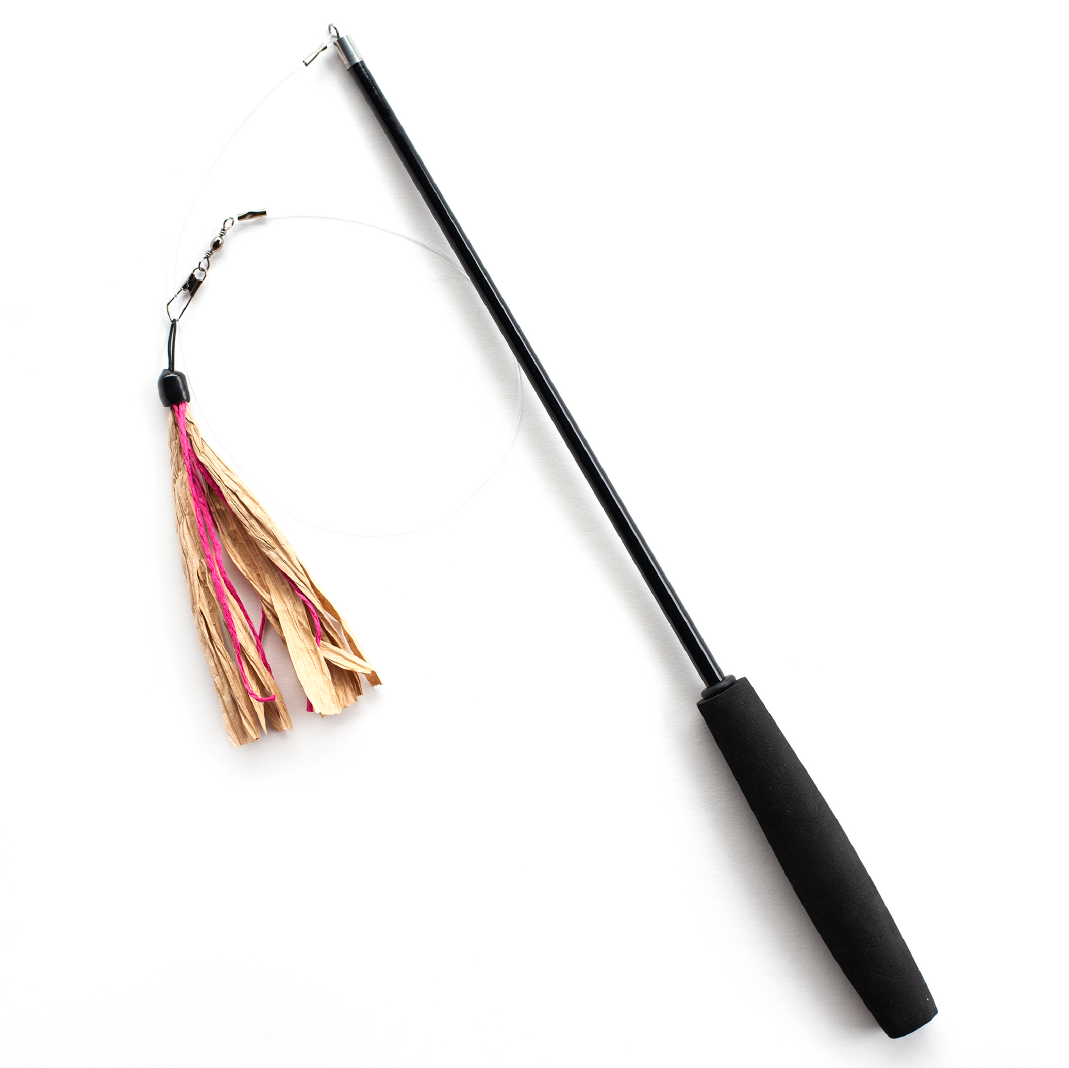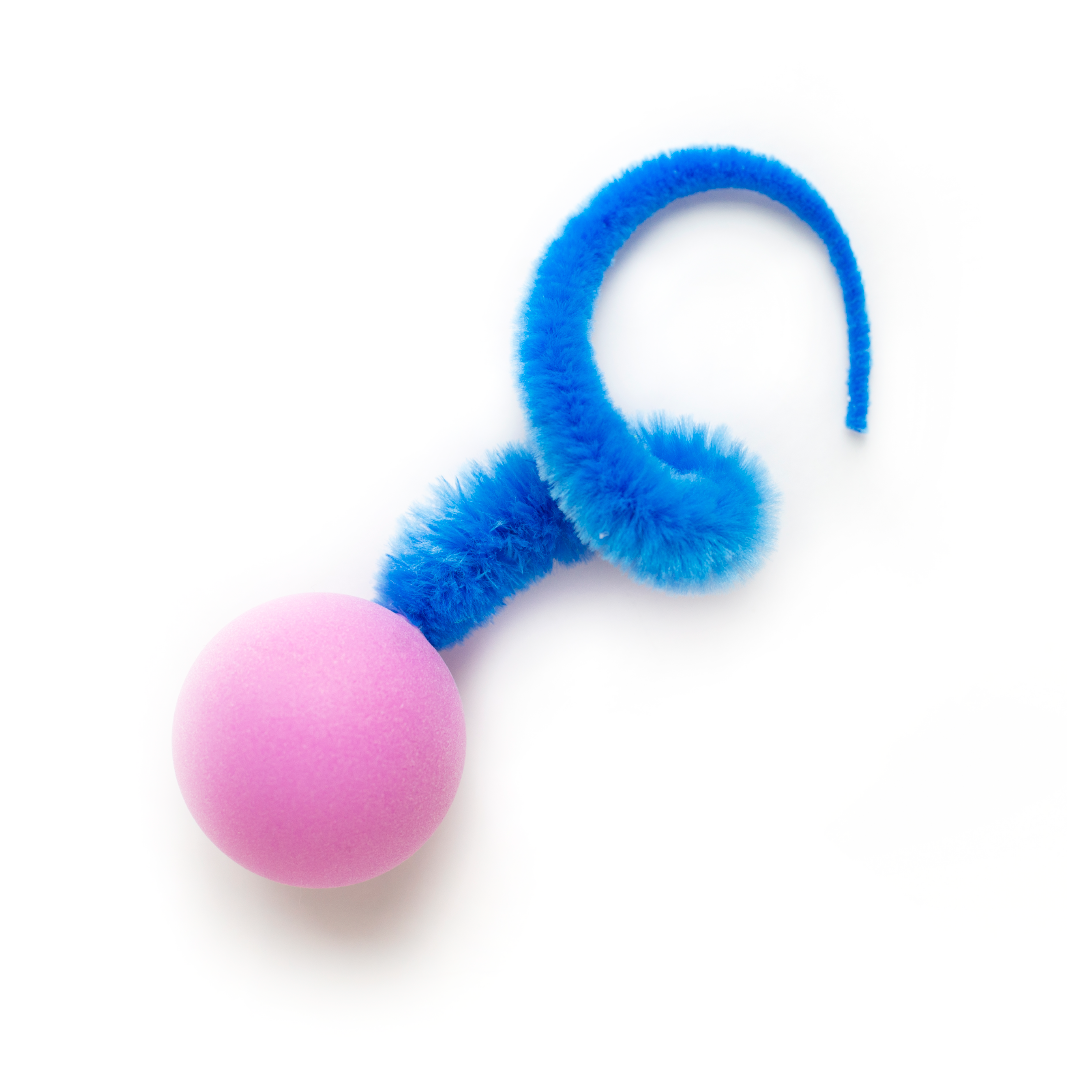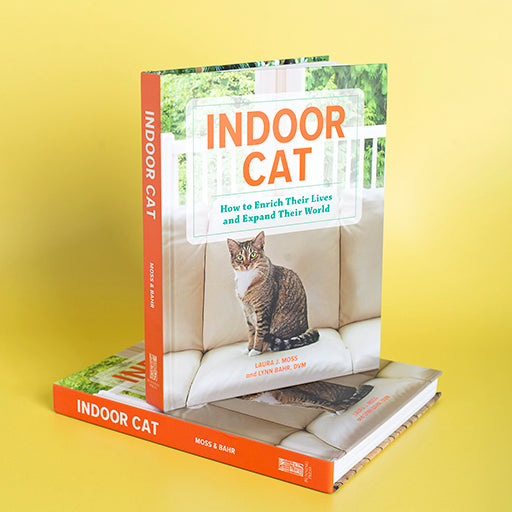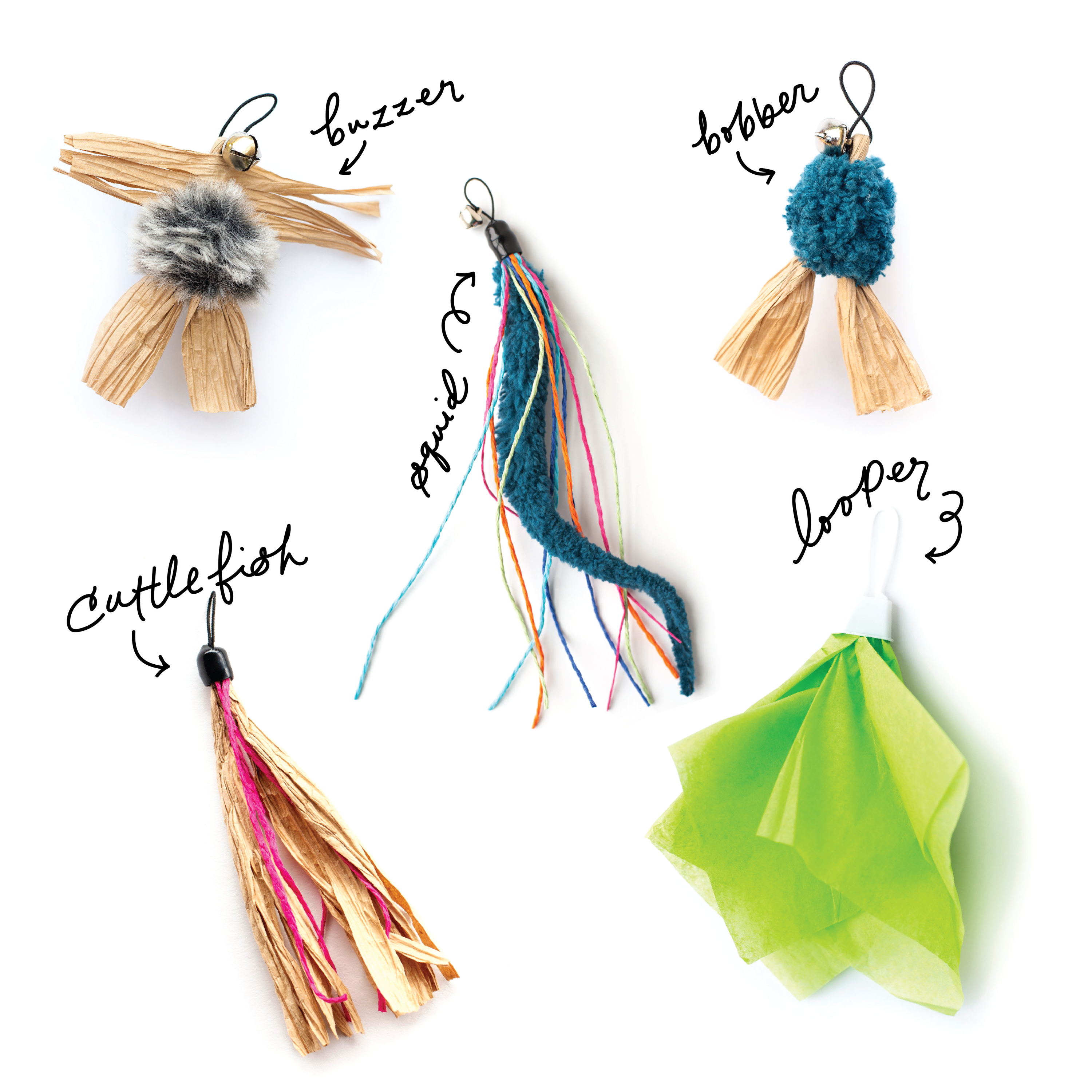Cats experience attachment like babies and dogs

Cats have a centuries-long reputation for being aloof and mysterious. And while the mysterious part is definitely still true, research has found that cats may not be as aloof as we think.
A study published in 2019 by Current Biology found that cats show attachment to their human companions in the same way babies and dogs do. In fact, the Oregon State University research team used the same behavioral criteria used to evaluate the attachment styles of human infants. And the authors of the paper indicated more research was needed because the results showed that cats share social traits previously only attributed to canines and humans.
WHAT ARE ATTACHMENT STYLES?
Prior to this 2019 study, attachment was only really studied in humans—and occasionally, in dogs. With infants, attachment is linked to physical contact and affection.
When a baby cries, a caregiver responds by fulfilling a basic need, whether that’s food, a diaper change, or even physical affection. This is how infants learn to trust and it’s how they know what safety feels like. Some studies show that babies who don’t experience attachment, will struggle with social or emotional problems later in life.
So how does this apply to cats? Well, the Current Biology study says cats express behaviors consistent with attachment. So we can look to what we know about babies to learn more about our feline friends.
WHY IS ATTACHMENT SO IMPORTANT?
I don’t need a study to tell you when an owner is late with dinner your cat will show visible distress. You’d think my cats haven’t eaten in years with the way they carry on if I’m even five minutes late with a snack.
Alan Sroufe, a developmental psychologist at the University of Minnesota, says attachment is the “deep, abiding confidence” in how available and responsive a caregiver is. Of course, Professor Sroufe was talking about human infants, but if cats show attachment in similar ways to humans, that likely means cats form those attachments in similar ways as well.
According to Developmental Science secure attachment serves three functions:
- safety and security
- emotional regulation
- a “home base” to explore from
If you’ve been reading my blog for a while, I think you can see where this is going.

HOW DO CATS SHOW ATTACHMENT?
Think about the way your cat responds when you’ve been away from home for a bit. Does he greet you at the door? Is he indifferent? Our scientist friends at Oregon State University say the way your cat responds indicates his attachment style.
There are two types of attachment: secure and insecure. A securely attached cat doesn’t feel stressed when you leave the home, while an insecurely attached kitty is more likely to show signs of distress.
Secure Attachment: The good news is, if your cat is indifferent to your arrival, but doesn’t go out of her way to avoid you, she’s probably experiencing secure attachment. In the study, 64% of cats showed no visible signs of distress when their owners left them in a room with other cats. And when their humans returned, those same cats greeted them and felt safe enough to return to normal behaviors.
Insecure Attachment: The behavior in insecurely attached cats is more of a mixed bag, however. Over one-third of the cats in the study showed insecure attachment. These cats were visibly stressed when their humans left and were still anxious upon their return—either avoiding their owners altogether or being overly affectionate and exhibiting disorganized behavior. This isn’t a problem, though. It just means your cat probably didn’t experience attachment to a human caregiver as a kitten.

CAN ATTACHMENT STYLES CHANGE OVER TIME?
The short answer is no. Once a cat—or baby, or dog—has developed secure or insecure attachment, their style remains pretty much the same over time. And training and socialization don’t have an effect on attachment styles.
But that doesn’t mean of your cat has an insecure attachment style that he hasn’t bonded with you. He just might be a bit more skittish around other humans or he might simply need a little extra patience or affection.
The good news is our cats love us and care for us, regardless of attachment style. Overall, this study shows cats experience complex emotional bonds with us the same way we do with them. They really are like children to us, and they see us as their moms and dads.
Your bond with your cat is precious; nurture it. Take a few moments to play with your cat today and thank her for trusting you.
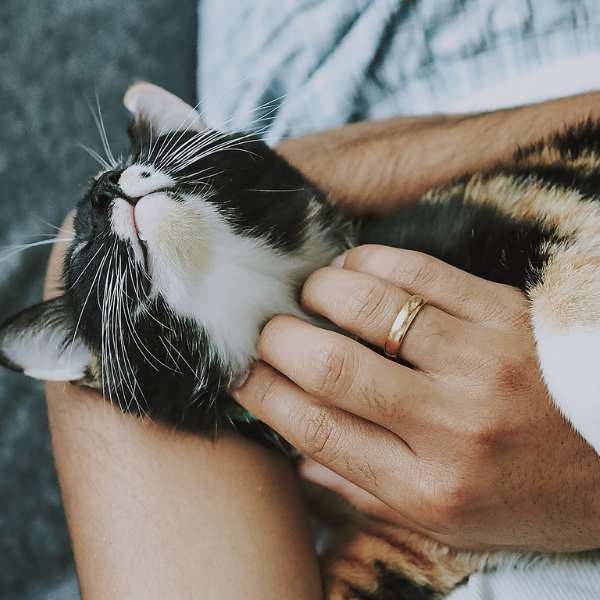
Share:
1 comment
-
I’m so glad to be a part of this site. The articles are great and helpful to help get me based in REAL advisement.
Thank youJudi on


